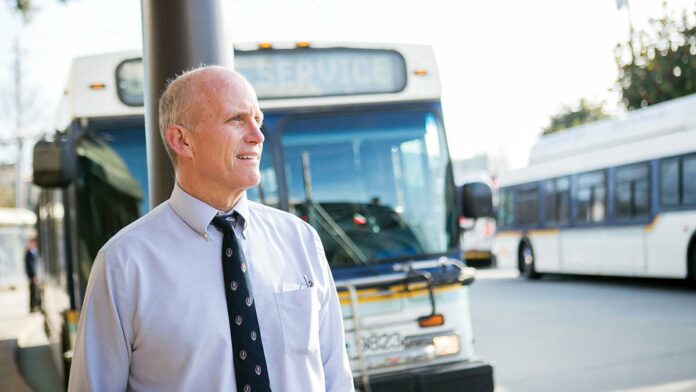Slow roasted pork belly with pickled green papaya, mmm. That just has to be the work of Dennis Villafranca—the gonzo chef who delights in providing “atypical Filipino BBQ” at Jeepney Guy, and just one more reason to cruise the pop-up space nextdoor to Assembly. Villafranca will be whipping up amazing barbecue dishes to take away or consume on the spot from 5-9 p.m., Saturday, Feb. 27. If you’re a fan of wild style quail and some other tasty surprises—stop by the pop-up between 5-9p.m. on Friday Feb. 26, and see what Fowl Boyz are up to. Assembly pop-up chef Amy Ajas continues to work her ramen magic from, 11:30 a.m.-2 p.m. each Friday. If you bring your own ramen bowl it’s $1 off of the main noodliscious attractions. There’s the tonkatsu bowl, which involves pork belly and pickled chard; and there’s the vegetarian bowl with shiitake mushrooms, pickled carrots and other goodies. I love adding that addictive soft-boiled egg for a mere $1 extra. The heypopup.com site will give you late-breaking details.
Beer Here
Welcome aboard East Cliff Brewing Company, which just opened in the East Cliff Shopping Center, offering hand-pulled beers and plenty of New World/Old World pub attitude. Check out the seriously hyper-realistic sunset mural by Yeshe Jackson. Open weekends initially—check their Facebook site for future hours. And, at the other end of town, the flourishing Swift Street craft village welcomes Humble Sea Brewing, a craft beer group bound to add yet more synergy to this beer, wine and spirits-intensive neighborhood. Another brewery? you may be thinking, So close to the wildly popular Santa Cruz Mountain Brewing? But experts point out that grouping similar businesses together tends to kick-start activity and excitement. It’s the “more is more” theory. Watching all those folks wine-tasting their way through the Ingalls and Swift territory on weekends leads me to agree. There are obviously enough beer drinkers (who knew?) to go around.
New Motivation at MOTIV
MOTIV owner Mike Pitt has decided on a new concept for the storied upstairs kitchen at Pearl Alley. Filling the wood-lined interior of the old Pearl Alley Bistro will be the chefs from LionFish SupperClub, and a menu long on organic and locally sourced ingredients. This space-sharing concept continues to catch fire in Santa Cruz, and fans of the pop-up dinners at the Santa Cruz Food Lounge will already be familiar with LionFish SupperClub and its weekly “Tasty Tuesday” pop-up dinners. OK, now migrate that over to the MOTIV upstairs bar and kitchen, four days a week, from 4-10 p.m. Wednesday through Saturday. It would be great for all of us if this idea got the traction it deserved. The upstairs space offers a unique ambiance, with lots of history and sex appeal. LionFish chefs plan to take it to the next level with their upcoming kitchen takeover. Happy Hour Bar Bites include chili-caramel Brussels sprouts, Parmesan and rosemary french fries (sign me up!), plus a burger with designer accompaniments, local mushroom ragoût, and an elegant braised pork belly (Fogline Farms), with fennel, leek, candy cap mushrooms, and Manchego. Grand opening is First Friday, March 4—110 Pearl Alley in downtown Santa Cruz. Be there.
Breakfast of Champignons
LionFish chef Zachary Mazi pairs his mushroom magic with four sparkling wines for a sit-down dinner at Equinox Winery ($85/incl.). Act fast! lionfishsc.com
Wine of the Week
An event horizon of a bargain is Wild Horse Winery’s Unbridled 2012 Chardonnay. For $11.99 you can fill your glass with grapes from the legendary Bien Nacido Vineyard—minerally and crisp, with echoes of kumquat and peach and 14.5 percent alcohol at the bargain rack at Shopper’s.


 Plus Letters To the Editor
Plus Letters To the Editor
 Films this Week
Films this Week








